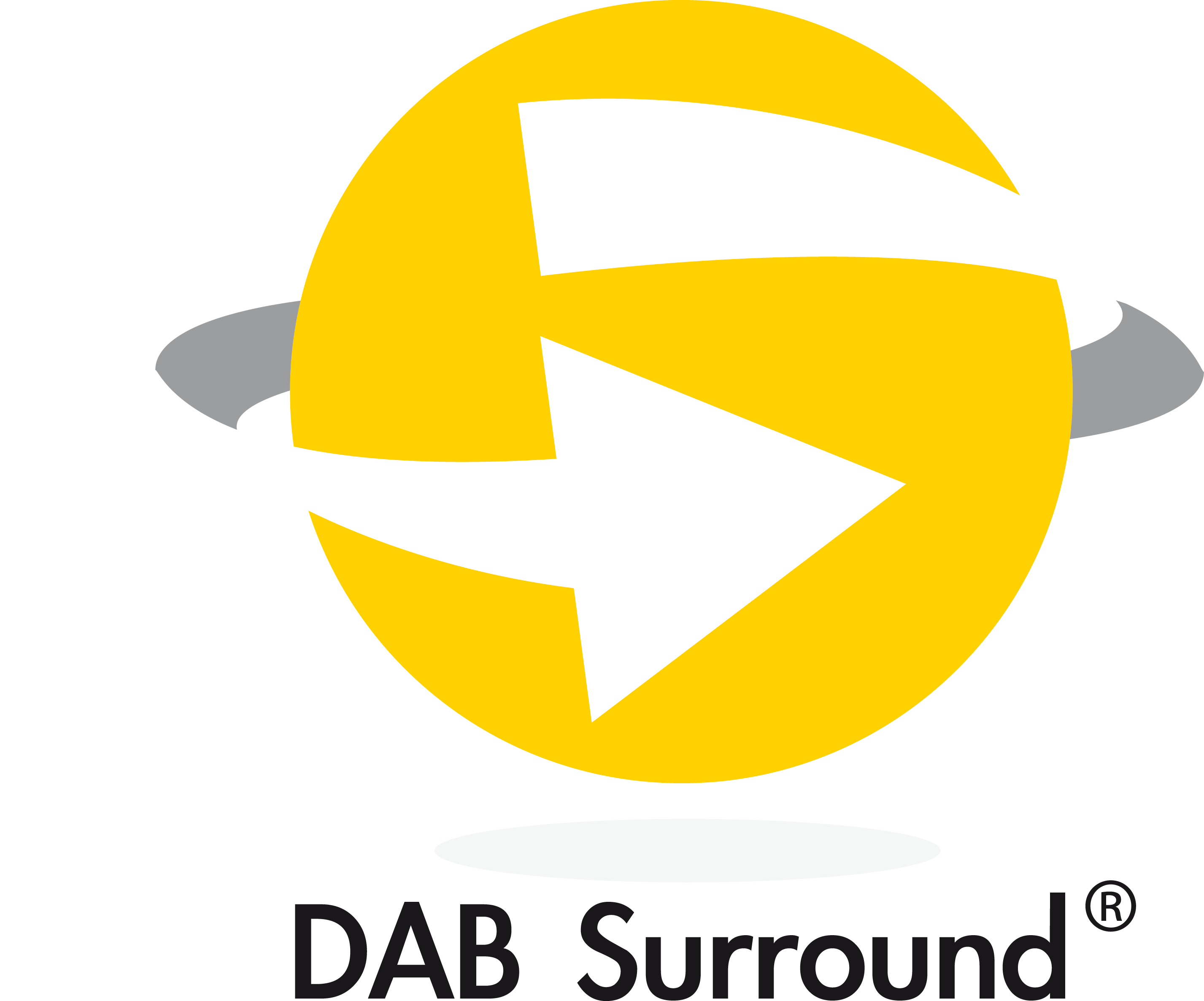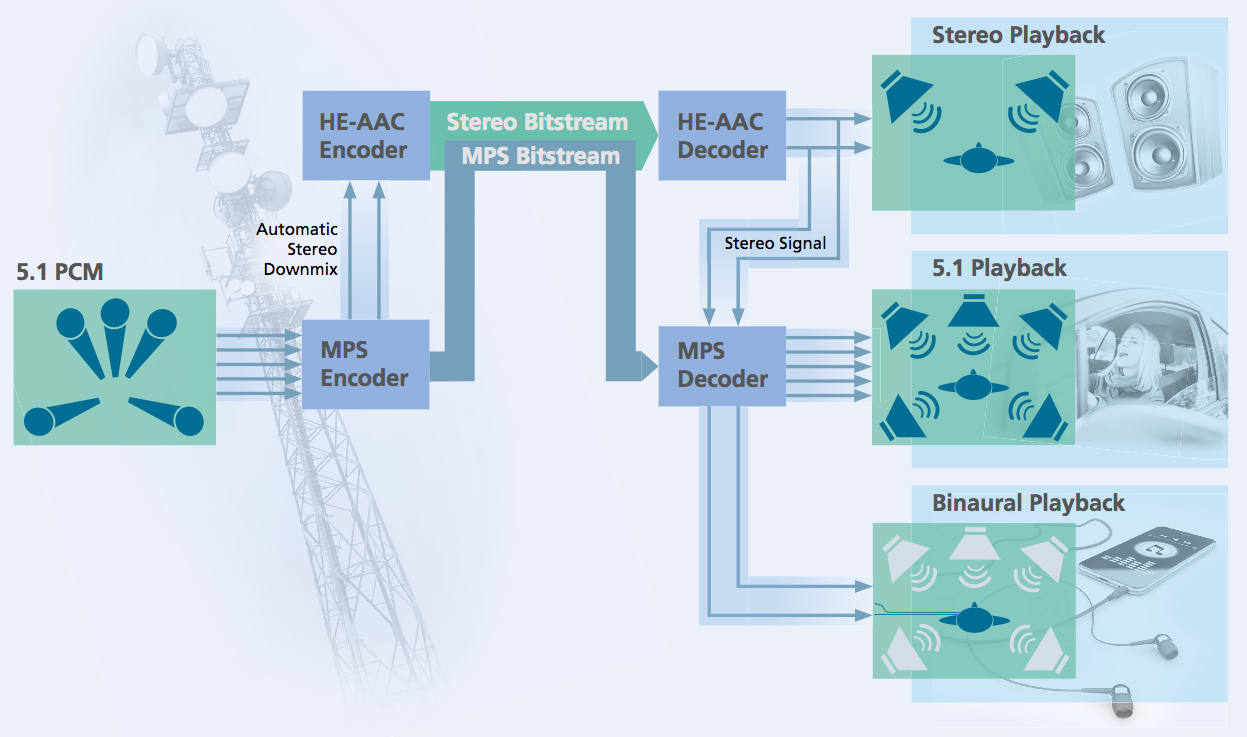The ETSI standard DAB+ is based on the original DAB (Digital Audio Broadcasting) standard. For higher audio quality it employs the audio codec High Efficiency AAC (HE-AAC) v2 which delivers excellent sound at very low bit rates. As a result, DAB+ provides significantly greater bandwidth efficiency than conventional DAB allowing up to three times the programs per channel compared to traditional DAB. DAB+ is designed to provide the same functionality as the original DAB radio services, including traffic announcements and PAD multimedia data.
DAB+ features:
- HE-AAC v2 delivers exceptional performance efficiency
- More stations can be broadcast on one multiplex (greater station choice for consumers, more efficient use of radio spectrum, lower transmission costs for digital stations)
- Compatible with existing scrolling text and multimedia services
- Robust audio delivery
- Optimized for live broadcast radio
- Fast re-tuning response time (low zapping delay)

